Gold’s rally accelerates to as high as 1394.27 today, riding on broad based weakness in Dollar. From near term point of view, 61.8% projection of 1160.17 to 1346.71 from 1266.26 at 1381.54 is already taken out. Next target will be 100% projection at 1452.80. For now, near term outlook will remain bullish as long as 1341.34 support holds, in case of retreat.
From a long term point of view, 38.2% retracement of 1920.70 (2011 high) to 1046.37 (2015 low) at 1380.36 finally broken. Sustained trading above this level will pave the way to 100% projection of 1046.37 to 1375.17 from 1160.17 at 1488.97, which is reasonably close to above mentioned 1452.80 projection level. This resistance zone will be key to decide whether the rise from 1046.37 is an up trend or just a corrective move. We’ll pay attention to the reaction from there to judge at a later stage.




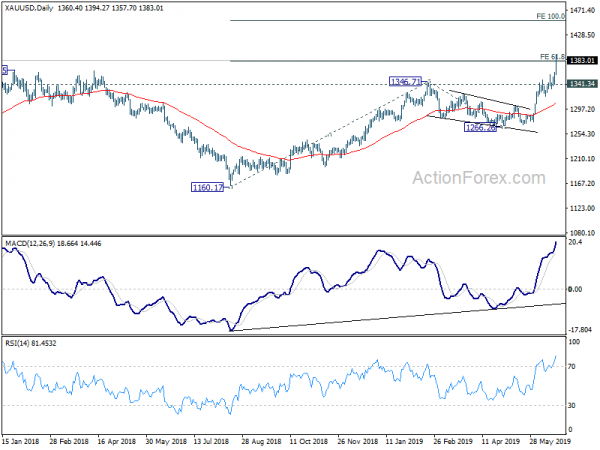
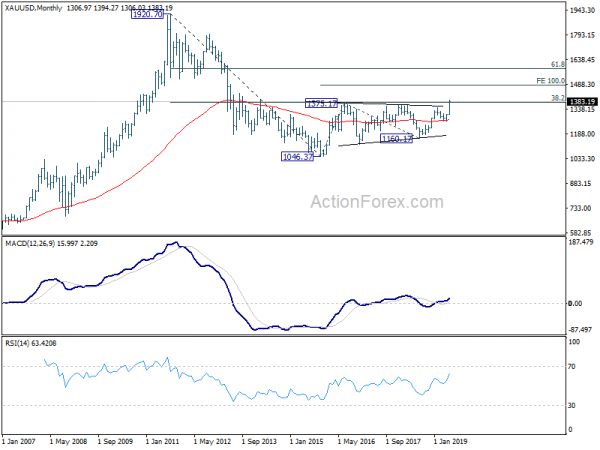
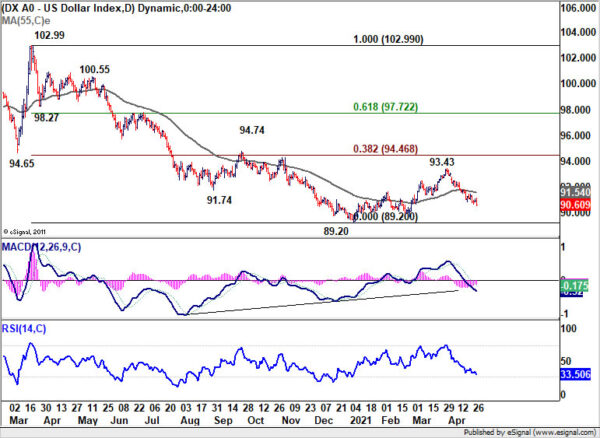
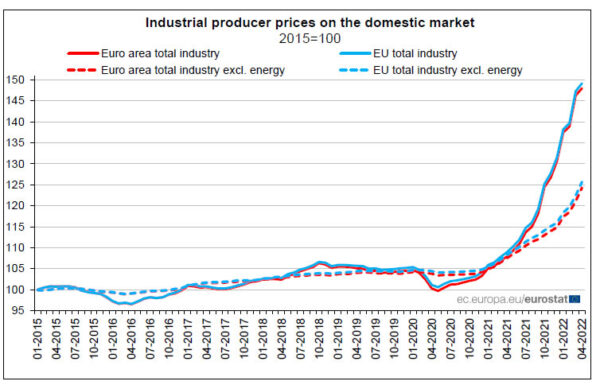
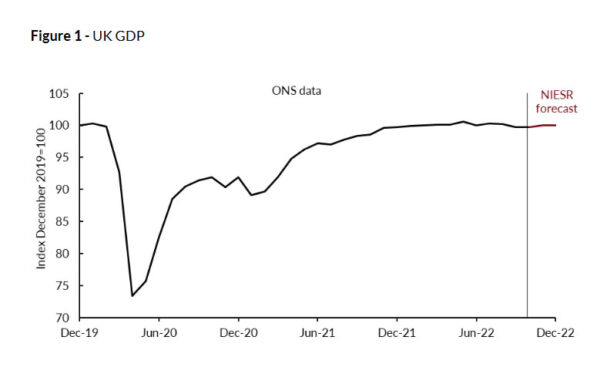
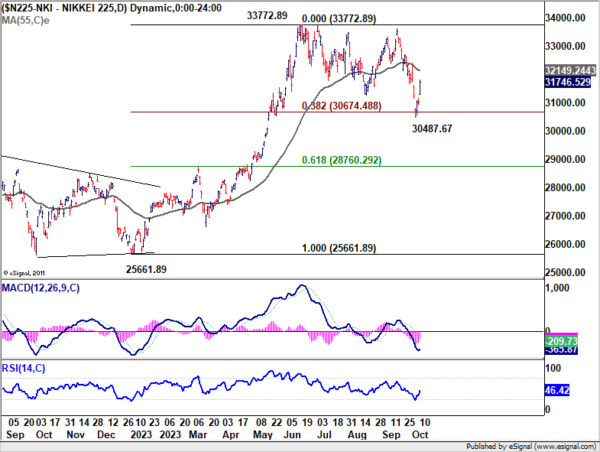

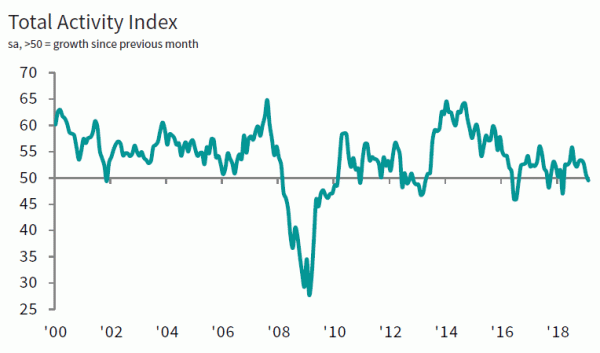
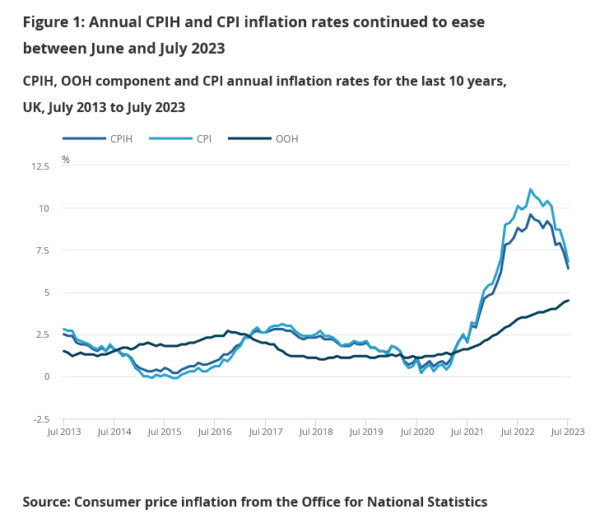
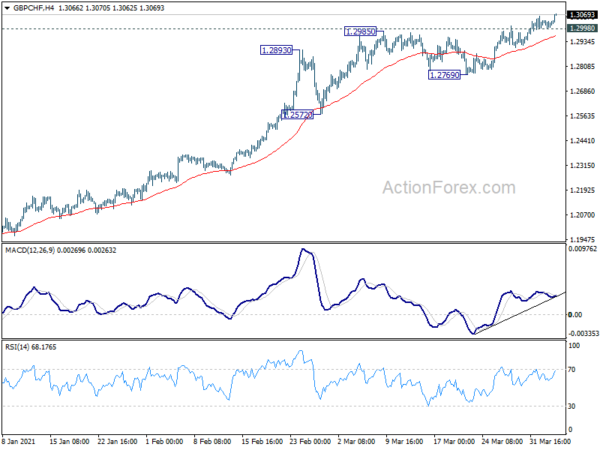
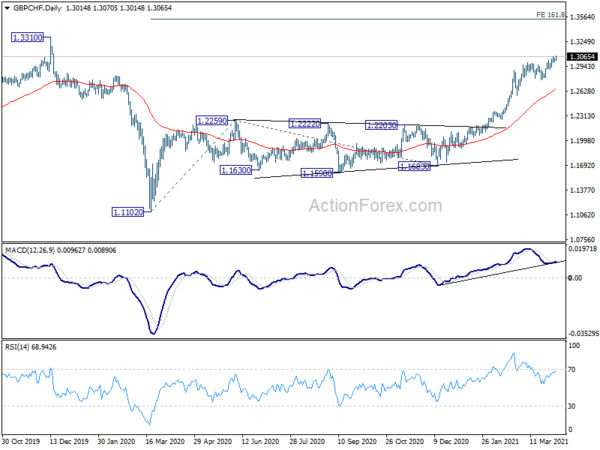
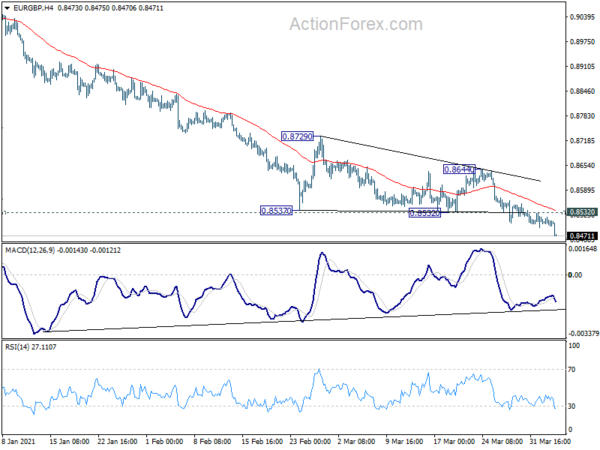
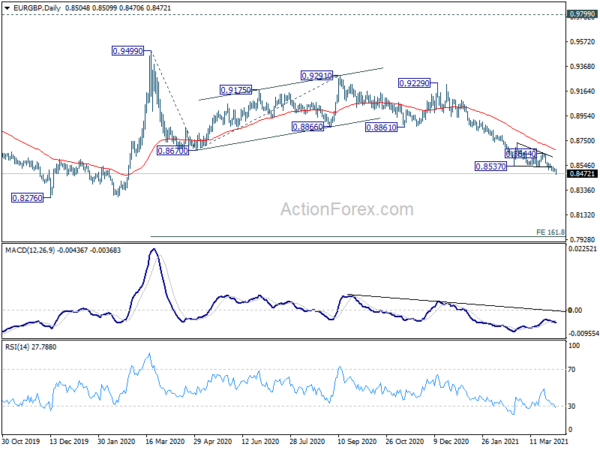

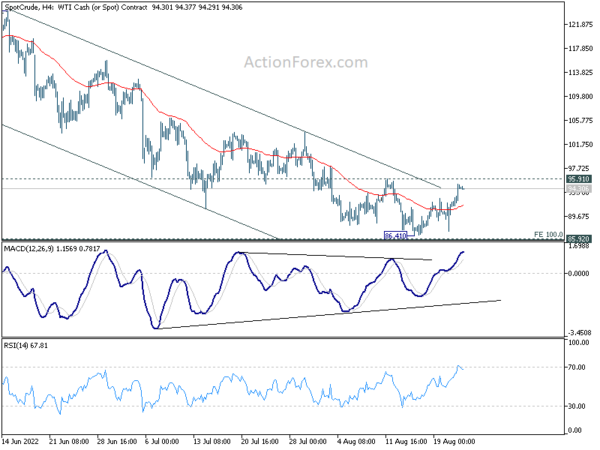
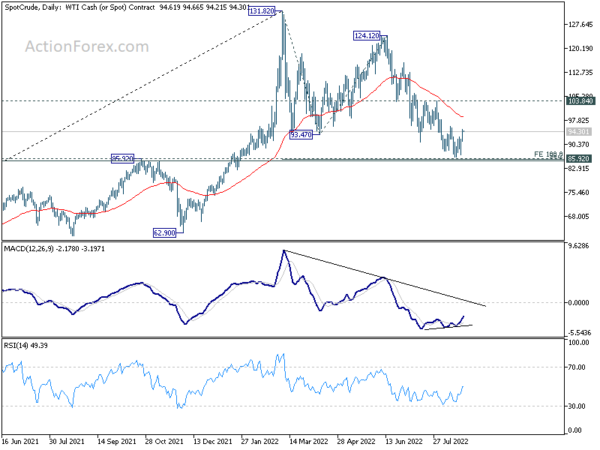
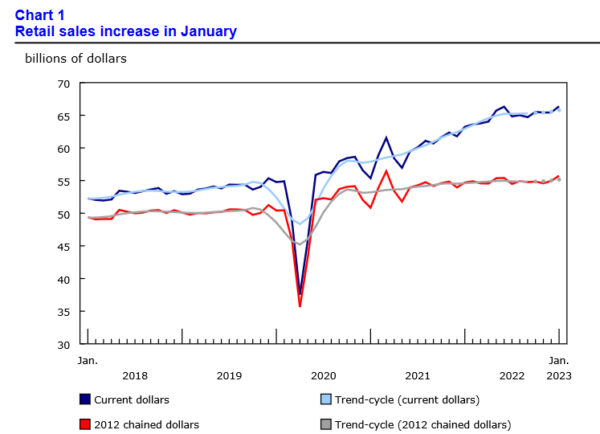

BoC stands pat, record coronavirus cases to weigh on Q1
BoC kept overnight rate unchanged at “effective lower bound” of 0.25% as widely expected. Bank rate and deposit rate are held at 0.20% and 0.25% respectively. BoC also maintained its “extraordinary forward guidance” of keep rates at current level until inflation objective is achieved Also, the quantitative easing program will continue at current pace of at least CAD 4B per week.
BoC noted globally, recent news of vaccines is “providing reassurance that the pandemic will end and more normal activities will resume”. However, “pace and breadth of the global rollout of vaccinations remain uncertain”. In the near term “new waves of infections are expected to set back recoveries in many parts of the world”.
Q3 Canadian data were consistent with expectations of a “sharp economic rebound”. However, “activity remains highly uneven across different sectors and groups of workers”. Record high cases in coronavirus in Canada are also “forcing reimposition of restrictions. That would “weigh on ” Q1 growth and ” contribute to a choppy trajectory until a vaccine is widely available”.
Full statement here.